Recombinant Bacillus subtilis SPLB protein, His-tagged
| Cat.No. : | SPLB-0109B |
| Product Overview : | Recombinant Bacillus subtilis SPLB full length or partial length protein was expressed. |
- Specification
- Gene Information
- Related Products
- Case Study
- Application
- Download
| Species : | Bacillus subtilis |
| Source : | E.Coli/Yeast |
| Tag : | His |
| Form : | Liquid or lyophilized powder |
| Endotoxin : | < 1.0 EU per μg of the protein as determined by the LAL method. |
| Purity : | > 80% by SDS-PAGE |
| Notes : | This item requires custom production and lead time is between 5-9 weeks. We can custom produce according to your specifications. |
| Storage : | Store it at +4 ºC for short term. For long term storage, store it at -20 ºC~-80 ºC. |
| Storage buffer : | PBS buffer |
| Gene Name | splB spore photoproduct lyase [ Bacillus subtilis subsp. subtilis str. 168 ] |
| Official Symbol | SPLB |
| Synonyms | SPLB; spore photoproduct lyase |
| Gene ID | 939248 |
| UniProt ID | P37956 |
| ◆ Recombinant Proteins | ||
| SPLB-0109B | Recombinant Bacillus subtilis SPLB protein, His-tagged | +Inquiry |
| splB-4533S | Recombinant Staphylococcus aureus (strain Mu3 / ATCC 700698) splB protein, His&Myc-tagged | +Inquiry |
Case 1: Yang L, et al. DNA Repair (Amst). 2017
In UV irradiated endospores, a special thymine dimer, 5-thyminyl-5,6-dihydrothymine, termed the spore photoproduct (SP), is the dominant DNA photolesion, which is rapidly repaired during spore outgrowth mainly by spore photoproduct lyase (SPL) using an unprecedented protein-harbored radical transfer process. Surprisingly, the in vitro studies using SP-containing short oligonucleotides, pUC 18 plasmid DNA, and E. coli genomic DNA found that they are all poor substrates for SPL in general, exhibiting turnover numbers of 0.01-0.2min-1. The faster turnover numbers are reached under single turnover conditions, and SPL activity is low with oligonucleotide substrates at higher concentrations. Moreover, SP-containing oligonucleotides do not go past one turnover. In contrast, the dinucleotide SP TpT exhibits a turnover number of 0.3-0.4min-1, and the reaction may reach up to 10 turnovers. These observations distinguish SPL from other specialized DNA repair enzymes.
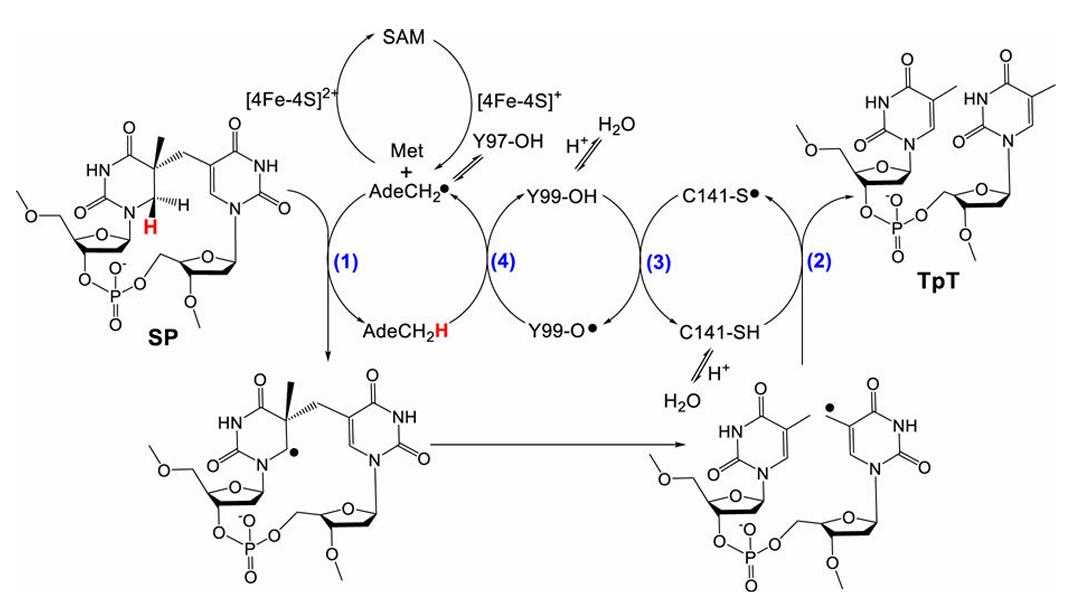
Fig1. Currently hypothesized reaction mechanism for SPL.
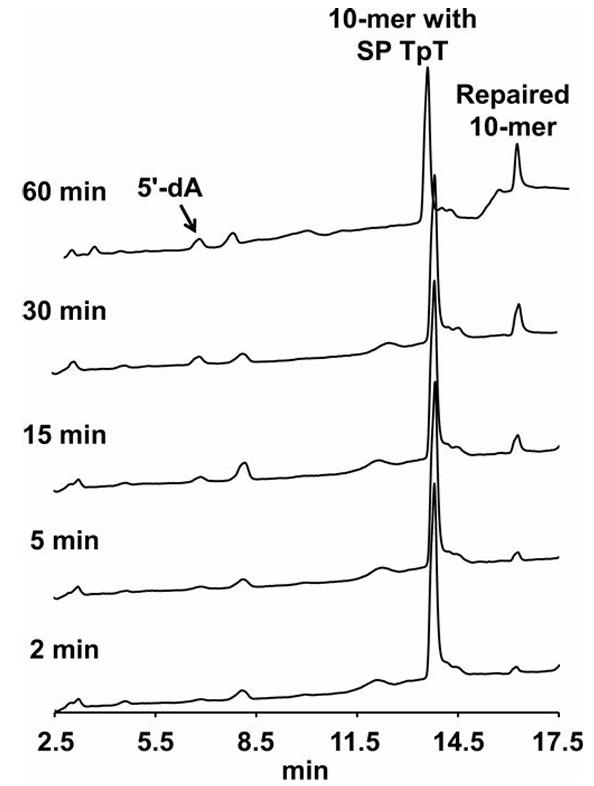
Fig2. HPLC chromatograms of SP TpT repair in the ss 10-mer d(CACC[SP TpT]CATC) mediated by SPL.
Case 2: Yang L, et al. J Am Chem Soc. 2011
5-Thyminyl-5,6-dihydrothymine (commonly called spore photoproduct or SP) is the exclusive DNA photodamage product in bacterial endospores. It is generated in the bacterial sporulation phase and repaired by a radical SAM enzyme, spore photoproduct lyase (SPL), at the early germination phase. SPL utilizes a special [4Fe-4S] cluster to reductively cleave S-adenosylmethionine (SAM) to generate a reactive 5'-dA radical. The 5'-dA radical is proposed to abstract one of the two H-atoms at the C6 carbon of SP to initiate the repair process. Via organic synthesis and DNA photochemistry, researchers selectively labeled the 6-H(proS) or 6-H(proR) position with a deuterium in a dinucleotide SP TpT substrate. Monitoring the deuterium migration in enzyme catalysis (employing Bacillus subtilis SPL) revealed that it is the 6-H(proR) atom of SP that is abstracted by the 5'-dA radical. Surprisingly, the abstracted deuterium was not returned to the resulting TpT after enzymatic catalysis; an H-atom from the aqueous buffer was incorporated into TpT instead. This result questions the currently hypothesized SPL mechanism which excludes the involvement of protein residue(s) in SPL reaction, suggesting that some protein residue(s), which is capable of exchanging a proton with the aqueous buffer, is involved in the enzyme catalysis.
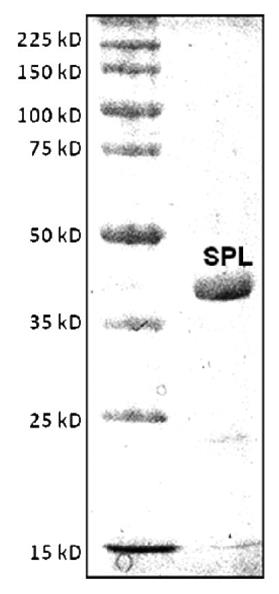
Fig1. The SDS-PAGE gel of the SPL protein overexpressed from E. coli and purified via Ni-NTA chromatography.
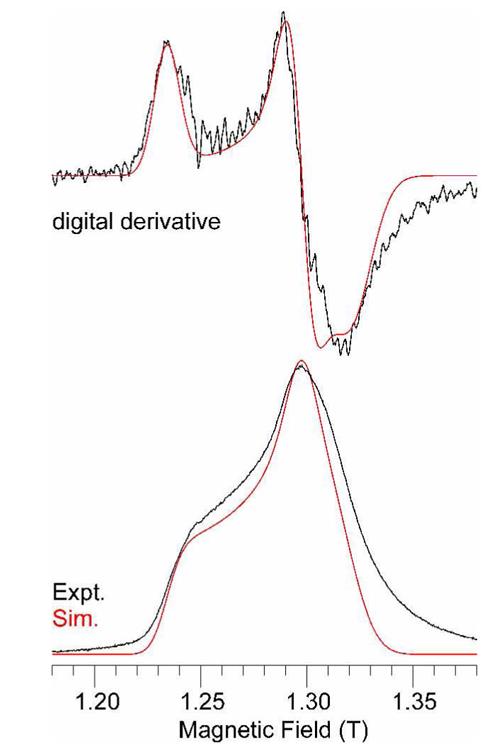
Fig2. 35 GHz EPR spectrum of dithionite-reduced SPL.
SPLB, as a protease, has a wide range of functions in many fields.
1. Food industry. SPLB protease can be used to hydrolyze plant and animal proteins to generate small molecular peptides, improve their absorption and bioaccessibility.
2. Biocatalysis. The Bacillus subtilis spore surface display technique can be used to demonstrate catalytic enzymes such as SPLB, which helps in biocatalytic processes, especially in industrial applications where high activity and stability are required.
3. Medicine and vaccine development. Using the Bacillus subtilis spore surface display technology, SPLB or other antigens can be displayed on the spore surface for the development of oral vaccines, which can improve the stability and immune effect of vaccines.
4. Environmental remediation. SPLB may play a role in the remediation of environmental pollutants by exhibiting related enzymes on the surface of Bacillus subtilis spores, which can be used to bioreactor organic pollutants in water bodies or soils.
5. Protein engineering. The Bacillus subtilis spore surface display technology can be used for protein engineering, and by displaying SPLB or other proteins, their structure and function can be studied, as well as new biotechnology applications can be developed.
6. Materials science. Because of the unique physical and chemical properties of Bacillus subtilis spores, the display of SPLB and other proteins on spore surfaces may help in the development of novel biomaterials or applications in nanotechnology.
7, other industrial applications. SPLB proteins may have applications in the development of biopesticides to control pests and diseases on crops by biological means. SPLB can be used as an enzyme in industrial production and used in biological treatment processes in textile, paper and other industries.
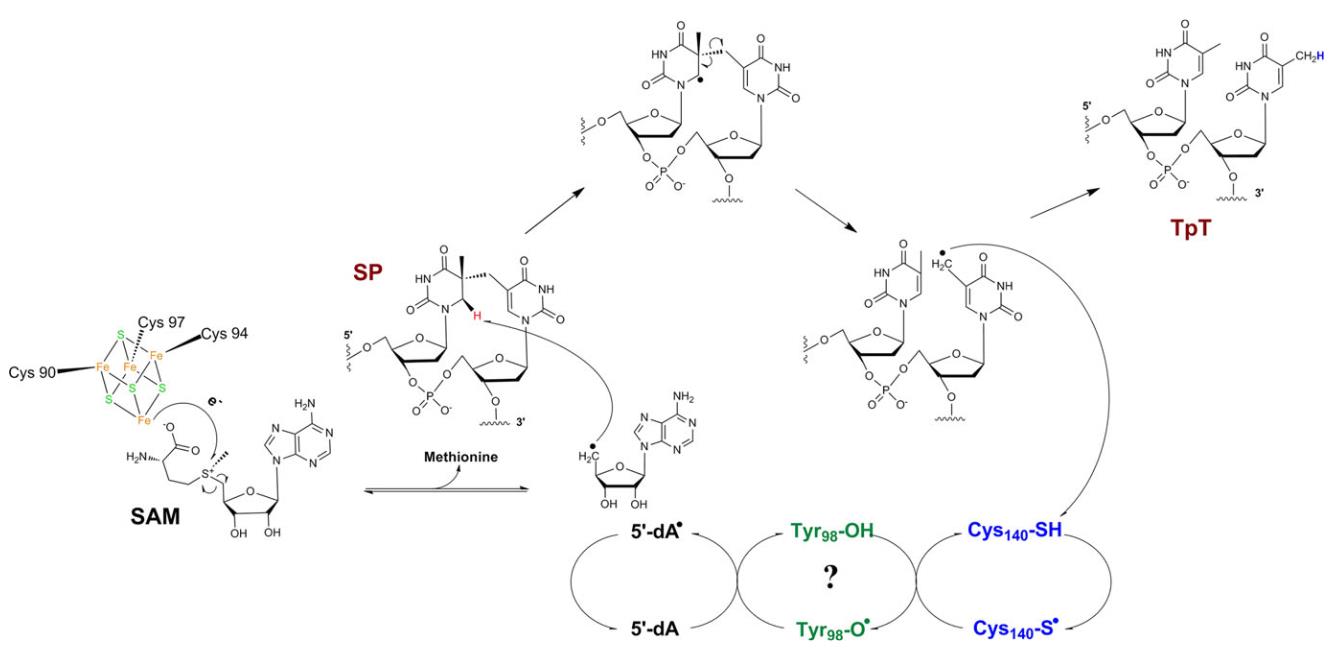
Fig1. Current mechanism of SP lyase. (Olivier Berteau, 2017)
Not For Human Consumption!
Inquiry
- Reviews (0)
- Q&As (0)
Ask a Question for All SPLB Products
Required fields are marked with *
My Review for All SPLB Products
Required fields are marked with *



